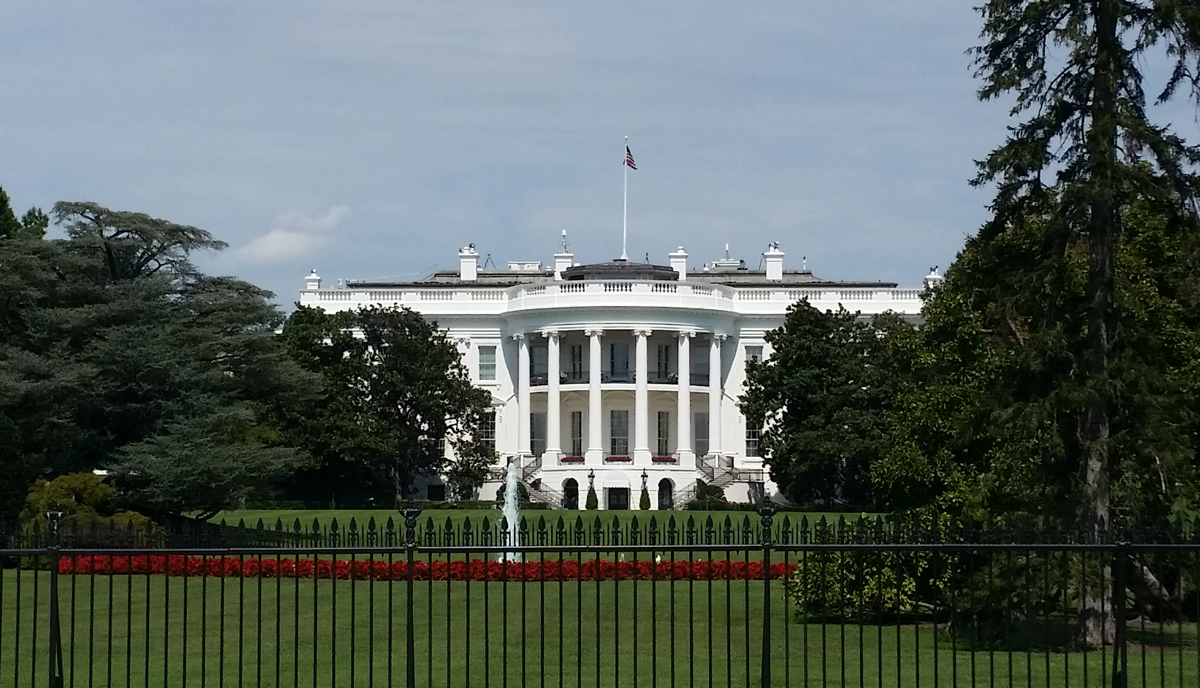Our shopper owns a big meals market. Final summer time, it burned down. The shopper submitted a declare below his enterprise insurance coverage coverage from Farmers. The insurance coverage coverage included a number of several types of protection, resembling Enterprise Property, Enterprise Revenue, Additional Expense, and extra. The insured had inadequate insurance coverage limits below his Enterprise Property to switch every part wanted to reopen the market. Thus, he sought protection for these gadgets below Additional Expense protection. By the plain and clear phrases of the coverage, this stuff have been additionally lined below Additional Expense. However Farmers discovered an excuse to wrongfully deny the declare in a textbook instance of how to not interpret and apply insurance coverage insurance policies in California.
I. The Coverage Phrases
Our shopper’s coverage is a reasonably normal enterprise coverage that purports to indemnify the insured for any enterprise interruption (“BI”) losses, in addition to any further bills (“EE” or “Additional Bills”) to reduce the suspension of operations. Underneath the coverage, an “Additional Expense” is an expense incurred to keep away from or decrease the suspension of enterprise and to proceed operations” at both “the [insured] premises or at substitute premises or at momentary places, together with relocation bills, and prices to equip and function the substitute or momentary places.” The coverage lacks any language stating that if a price essential to return to enterprise can also be lined below one other provision of the coverage, like Enterprise Property protection, it isn’t lined below Additional Expense. However as mentioned beneath, Farmers took that place anyway, and its place was mistaken.
II. System For Decoding Insurance coverage Insurance policies Underneath California Legislation
Usually talking, there are three guidelines of coverage interpretation and they need to be utilized in a selected order. If one rule fails to resolve the dispute, the following rule is examined. They’re as follows:
A. The “Plain That means” Rule
At any time when doable, the phrases of an insurance coverage coverage have to be learn of their “peculiar and standard sense” within the context of the coverage as a complete.1 Absent proof indicating the events supposed a particular utilization, phrases utilized in an insurance coverage coverage must be interpreted of their “peculiar and standard sense.”2 If the which means a layperson would ascribe to the language of a contract of insurance coverage is obvious and unambiguous, a court docket will apply that which means.3
B. The “Objectively Cheap Expectations of the Insured” Rule
If the phrases of an insurance coverage coverage are topic to a couple of cheap interpretation—some for and a few towards protection—this rule applies to pick out which governs.4 Underneath this rule, an insured’s objectively cheap expectations management. An insured’s objectively cheap expectations are decided by a court docket, not what the insured says, and have to be derived solely on the coverage if doable.5 If the objectively cheap expectations of the insured are in favor of protection, protection is interpreted in that method. For an insurer to remove or restrict protection anticipated by the cheap and goal insured, the insured should use language that’s “conspicuous, plain and clear.”6 An insurer’s unexpressed subjective intent or understanding is inadmissible to show an intent completely different from the categorical phrases of a written.7
C. The “Contra-Insurer” Rule
If the above two steps don’t resolve the anomaly, the language is usually interpreted in favor of protection. Notably, many insurance coverage professionals appear to imagine that that is the primary rule, not the final. However keep in mind, an ambiguity solely exists if there are a number of cheap interpretations, some in favor of and a few towards protection, and the contra-insurer rule solely applies when the court docket can’t discern what an objectively cheap insured would count on from the coverage based mostly on its phrases.
III. Making use of These Guidelines, Farmers is Unsuitable
Going again to our market shopper, Farmers admitted that the Additional Expense provisions, by their plain and clear phrases, present protection for the gadgets at problem. As made clear above, the evaluation ought to finish there, in favor of protection. An insurer can’t contradict the plain and clear phrases of an insurance coverage coverage based mostly on some unwritten intent, and even based mostly on a policyholder’s objectively cheap expectations.8
Nevertheless, Farmers didn’t cease the evaluation there because the legislation requires. Farmers argued, with out citing any legislation or coverage provision, that Additional Expense protection shouldn’t be supposed to cowl gadgets which are additionally lined below Enterprise Property.9 However it doesn’t matter what Farmers’ thinks the coverage means if the language is obvious and clear.
Let’s assume for the sake of argument, nevertheless, {that a} court docket would take into account “intent” after discovering the coverage language plain and clear. If a court docket might do this, which it can’t, the court docket wouldn’t take into account Farmers’ intent. It could take into account solely the objectively cheap expectation of the insured. That expectation have to be based mostly on the coverage. Right here, because the coverage plainly and clearly offers protection, the insured’s objectively cheap intent have to be the identical. Farmers can’t interpret the coverage to offer much less protection than this except the coverage plainly, clearly and conspicuously takes that protection away. As defined above, no such provision exists right here.









